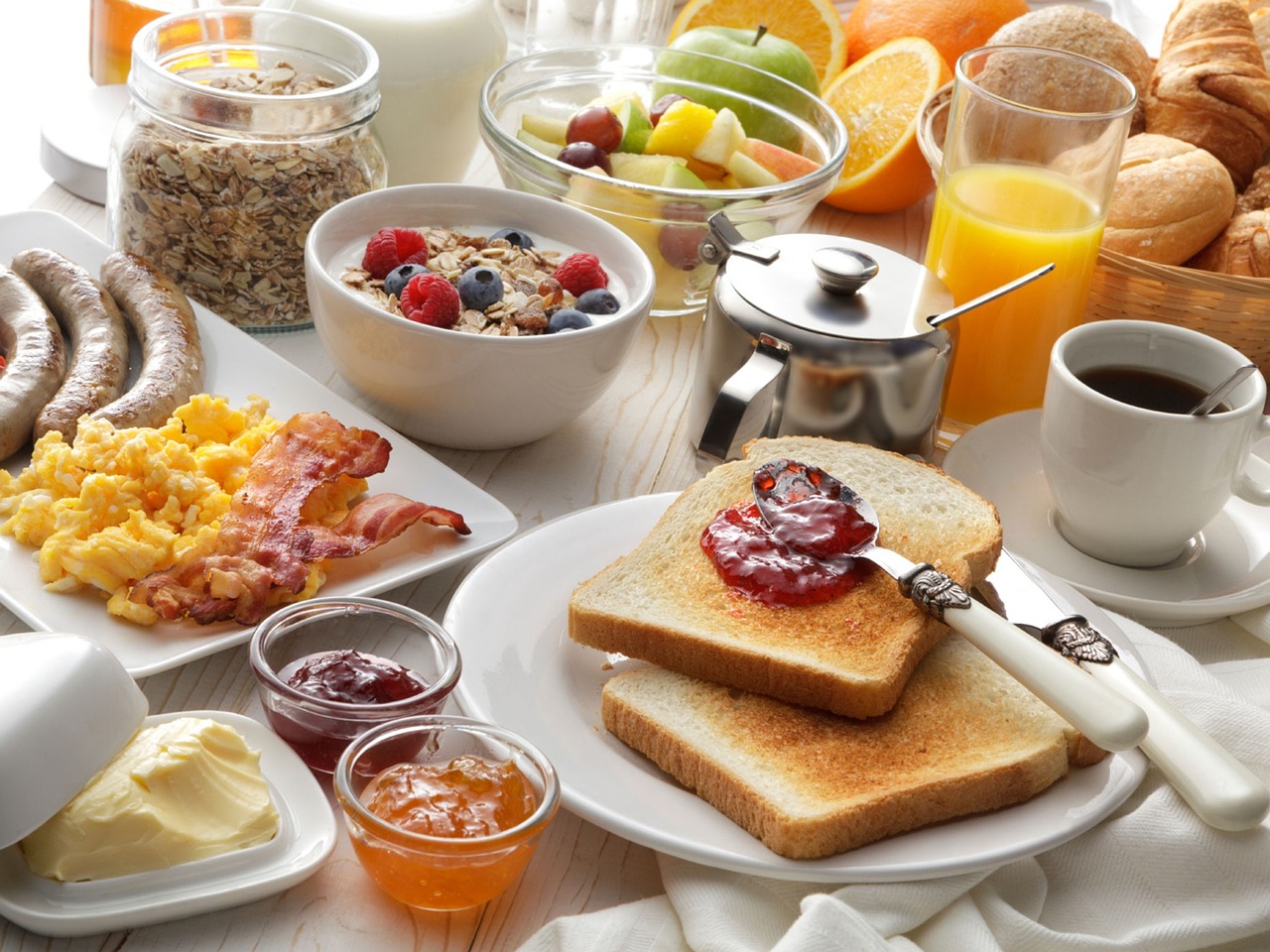Unveiling the Secrets Behind Molecular Gastronomy
Molecular gastronomy is a culinary discipline that merges scientific principles with culinary arts to create innovative dishes. By exploring the chemistry behind cooking processes, molecular gastronomy aims to push the boundaries of traditional cooking techniques and ingredients. This approach involves experimenting with various methods such as sous vide cooking, spherification, and foams to transform textures, flavors, and presentations of food.
One of the key principles of molecular gastronomy is understanding how different ingredients interact at a molecular level to create unique culinary experiences. By studying the physical and chemical transformations that occur during cooking, chefs can devise new ways to enhance taste, texture, and appearance. This scientific approach to cooking has revolutionized the culinary world, sparking creativity and paving the way for a new era of gastronomic experimentation.
• Molecular gastronomy merges scientific principles with culinary arts
• Explores chemistry behind cooking processes
• Pushes boundaries of traditional cooking techniques and ingredients
• Uses methods such as sous vide cooking, spherification, and foams
• Transforms textures, flavors, and presentations of food
One key principle of molecular gastronomy is understanding how different ingredients interact at a molecular level to create unique culinary experiences. By studying the physical and chemical transformations that occur during cooking, chefs can devise new ways to enhance taste, texture, and appearance. This scientific approach to cooking has revolutionized the culinary world, sparking creativity and paving the way for a new era of gastronomic experimentation.
History of Molecular Gastronomy
Molecular gastronomy emerged in the late 20th century as a revolutionary culinary movement that combines scientific principles with culinary arts. In the early 1990s, French chemist Hervé This and Hungarian physicist Nicholas Kurti coined the term “molecular gastronomy” to describe the application of scientific techniques in cooking. This marked the beginning of a new era in gastronomy where chefs started to experiment with food on a molecular level.
The movement gained momentum in the early 2000s when chefs like Ferran Adrià and Heston Blumenthal started incorporating scientific techniques and equipment in their kitchens. These chefs pushed the boundaries of traditional cooking methods by using tools such as liquid nitrogen, sous vide machines, and emulsifiers to create innovative dishes. Their inventive approach to cooking not only transformed the dining experience but also inspired a new generation of chefs to explore the intersection of food and science.
Key Techniques Used in Molecular Gastronomy
Molecular gastronomy relies on several key techniques that transform traditional cooking methods into innovative culinary experiences. One of the fundamental techniques involves spherification, where liquids are transformed into spheres using sodium alginate and calcium chloride. This process creates visually appealing and flavor-packed spheres that burst in the mouth, offering a unique dining sensation.
Another prominent technique in molecular gastronomy is foams, created by aerating liquids with a handheld immersion blender. By incorporating air bubbles into the mixture, chefs can produce light and airy foams that elevate the texture and presentation of dishes. Foams allow for creative flavor combinations and can add a playful element to classic recipes, showcasing the experimental nature of molecular gastronomy.
What is Molecular Gastronomy?
Molecular Gastronomy is a scientific approach to cooking that studies the physical and chemical processes that occur while cooking. It involves using various techniques and ingredients to create innovative and unique dishes.
What are some key techniques used in Molecular Gastronomy?
Some key techniques used in Molecular Gastronomy include spherification, emulsification, foaming, gelification, and sous vide cooking. These techniques allow chefs to create textures and flavors that are not possible with traditional cooking methods.
How has the history of Molecular Gastronomy evolved?
Molecular Gastronomy was first introduced in the late 20th century by scientists and chefs looking to push the boundaries of traditional cooking. Over the years, it has gained popularity and recognition in the culinary world, leading to the development of new techniques and ingredients.
Can anyone try Molecular Gastronomy at home?
While some techniques used in Molecular Gastronomy may require specialized equipment and ingredients, there are beginner-friendly recipes and kits available for home cooks to try. Experimenting with different techniques and ingredients can be a fun and creative way to explore the world of Molecular Gastronomy.







